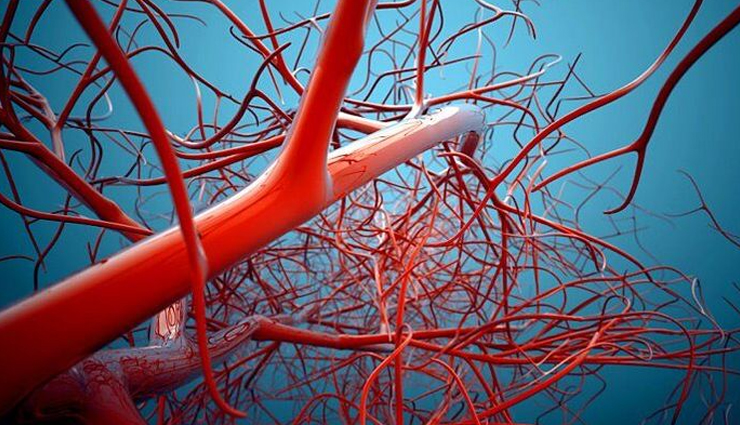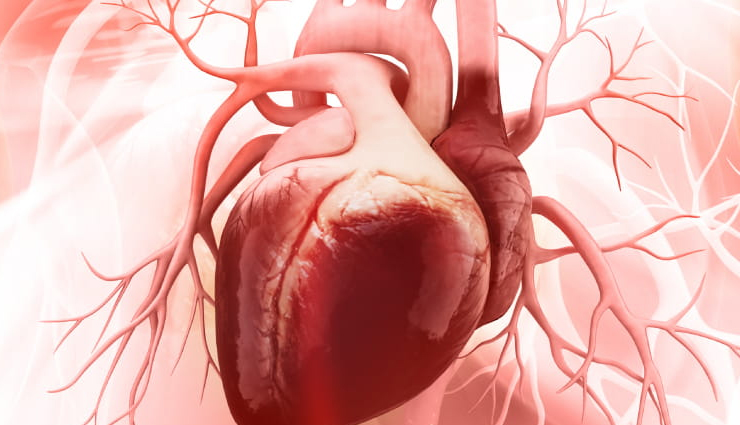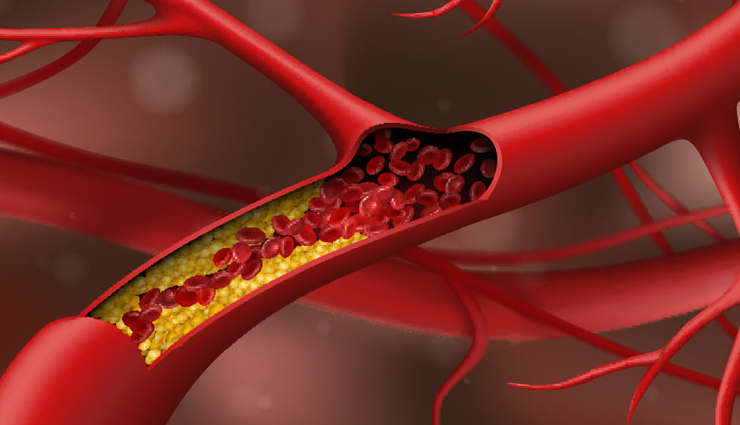- Home›
- Healthy Living›
- Tobacco And Cardiovascular Diseases: Understanding The Deadly Connection
Tobacco And Cardiovascular Diseases: Understanding The Deadly Connection
By: Priyanka Maheshwari Fri, 26 May 2023 5:56:26

Tobacco use is a major risk factor for cardiovascular diseases (CVD) and is responsible for a significant number of preventable deaths worldwide. The harmful chemicals in tobacco smoke have detrimental effects on the cardiovascular system, leading to various cardiovascular conditions. Understanding the link between tobacco and cardiovascular diseases is crucial for promoting awareness and taking necessary steps to protect heart health. Here's an article discussing how tobacco contributes to cardiovascular diseases:
Tobacco use continues to be a global health challenge, with far-reaching consequences for both smokers and those exposed to secondhand smoke. Beyond its well-known association with lung cancer and respiratory problems, tobacco use poses a grave threat to the cardiovascular system. The harmful chemicals found in tobacco smoke can wreak havoc on the heart and blood vessels, significantly increasing the risk of developing cardiovascular diseases.

# Smoking and Atherosclerosis
One of the primary mechanisms by which tobacco contributes to cardiovascular diseases is through the promotion of atherosclerosis. Smoking tobacco leads to the accumulation of fatty deposits, called plaques, in the arteries. These plaques restrict blood flow, decrease the elasticity of blood vessels, and increase the risk of heart attacks and strokes.

# Increased Risk of Coronary Artery Disease
Tobacco use is a significant risk factor for coronary artery disease (CAD), a condition characterized by the narrowing or blockage of the coronary arteries. Smoking damages the inner lining of the arteries, promotes the formation of blood clots, and accelerates the development of CAD. Smokers are more likely to experience chest pain (angina), heart attacks, and other life-threatening cardiac events.

# Hypertension and Tobacco
Tobacco use is strongly linked to the development and worsening of hypertension, commonly known as high blood pressure. Smoking causes an immediate and temporary increase in blood pressure due to the constricting effects on blood vessels. Prolonged tobacco use can lead to chronic hypertension, which significantly raises the risk of heart disease, heart failure, and stroke.

# Impact on Heart Rhythm
Smoking tobacco has been associated with an increased risk of abnormal heart rhythms, including atrial fibrillation. Atrial fibrillation is a condition where the heart beats irregularly and inefficiently, increasing the risk of blood clots and stroke. Smokers with atrial fibrillation face more complications and a higher likelihood of recurrence compared to non-smokers.

# Smoking and Peripheral Artery Disease
Peripheral artery disease (PAD) is a condition characterized by the narrowing of blood vessels in the legs and arms. Tobacco use plays a significant role in the development and progression of PAD. Smoking causes blood vessels to constrict, reducing blood flow to the extremities and increasing the risk of tissue damage, non-healing ulcers, and even amputation.

# Effect on Blood Lipids
Tobacco use negatively impacts blood lipid levels, contributing to an unfavorable lipid profile. Smoking reduces levels of good cholesterol (HDL) and increases levels of bad cholesterol (LDL) and triglycerides. This dyslipidemia further elevates the risk of atherosclerosis, coronary artery disease, and other cardiovascular complications.





